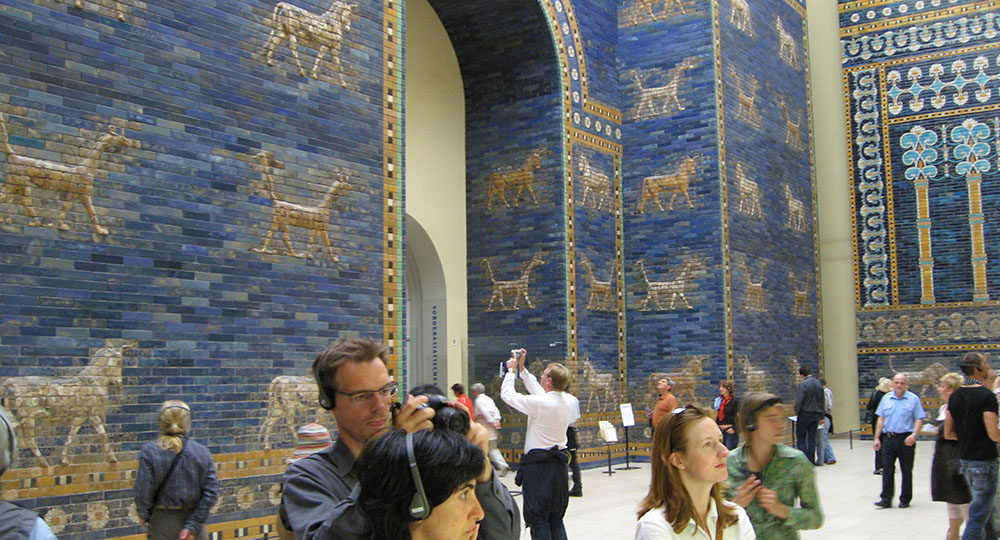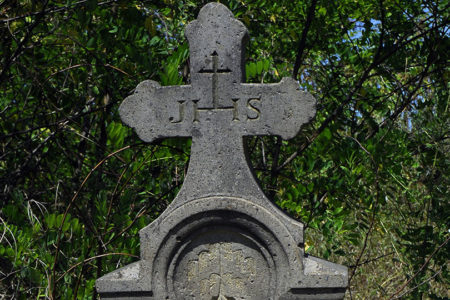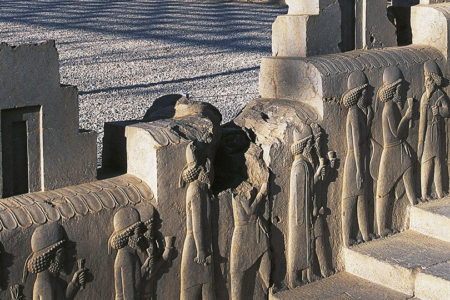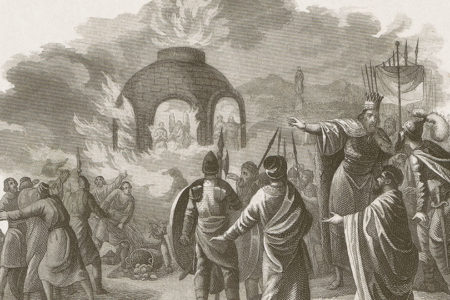Daniel’s Long Life
The Jewish prophet Daniel was born to Judean nobility, probably during the time of King Josiah’s reforms (621 B.C.). As a boy, he endured Josiah’s tragic death at the hands of Pharaoh Neco (609 B.C.) and Egypt’s initial subjugation of the Judean kingship of Jehoiakim.
When the Babylonians defeated the Egyptian-Assyrian coalition at Carchemish in 605 B.C., King Nebuchadnezzar came to Jerusalem to elicit Jehoiakim’s loyalty by seizing the children of Jewish nobility, of whom the teenager Daniel was one (2 Ki. 23:28—24:1; Dan. 1:1–7). This was to be the Babylonians’ first deportation, or exile, of the Judeans.
The second occurred in 597 B.C. after Jehoiakim rebelled against Babylon. Nebuchadnezzar returned, captured then-King Jehoiachin, took 10,000 captives, and placed Zedekiah on the Davidic throne (2 Ki. 24:2–20).
When King Zedekiah rebelled, Nebuchadnezzar came one last time to Jerusalem (587–586 B.C.). He captured the king and his family, took the city, burned the Temple, and exiled the people of Judea, thus ending the Davidic rule of Jerusalem that had lasted more than 400 years (25:1–12).
In exile Daniel quickly rose in Nebuchadnezzar’s administration, not only because of his wisdom and skill but also because God had enabled him to reveal the meaning of dreams and visions concerning the Gentiles and Israel’s future (Dan. 1:20–21; 2:19–24). What was revealed to Daniel was God’s rule over Israel through four Gentile kingdoms beginning with Babylon until the coming of God’s Kingdom in the person of the Messiah.
In Babylon, Daniel personally experienced the fulfillment of the first of these transitions of empires when the Medo-Persians conquered the city on October 29, 539 B.C.(5:30–31). Daniel then served the Persians in the latter years of his life (6:1–3, 28), receiving his last vision from God in 535 B.C. (chaps. 10—12).
It was probably then, before his death in exile after almost 70 years of service at nearly 90 years old, that Daniel compiled his inspired memoirs into the book of Daniel.







